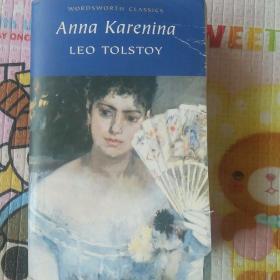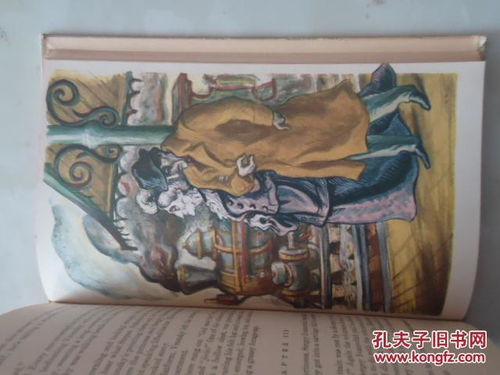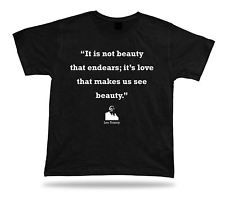
Leo Tolstoy: A Multidimensional Portrait
Leo Tolstoy, a name that resonates with the very essence of Russian literature, was not just a writer but a philosopher, a moralist, and a social critic. Born on September 9, 1828, in Yasnaya Polyana, Russia, his life and works have left an indelible mark on the world. Let’s delve into the various facets of this remarkable individual.
Early Life and Education

Leo was the fourth son of Count Nikolai Tolstoy, a Russian nobleman. His childhood was spent in the vast estate of Yasnaya Polyana, where he developed a deep connection with the land and its people. Educated at home, he was initially tutored by private teachers before enrolling at the University of Kazan in 1844 to study law. However, his interest in literature and philosophy soon overshadowed his academic pursuits.
The Journey to Literature

After completing his studies, Tolstoy traveled to Europe, where he was exposed to various philosophical and social ideas. His experiences abroad, including his time in the army, provided him with the material for his future works. It was during this period that he began to write short stories and essays, which were published in various journals.
The Novels: War and Peace and Anna Karenina

Tolstoy’s two most famous novels, “War and Peace” and “Anna Karenina,” are masterpieces of world literature. “War and Peace,” published in 1869, is a sprawling epic that covers the French invasion of Russia in 1812. The novel is renowned for its vivid portrayal of the Russian countryside, its characters, and the complexities of human nature. “Anna Karenina,” published in 1877, is a tragic love story that explores themes of morality, social norms, and the consequences of one’s actions.
| Novel | Publication Year | Themes |
|---|---|---|
| War and Peace | 1869 | War, peace, human nature, social norms |
| Anna Karenina | 1877 | Love, morality, social norms, consequences |
Philosophical and Moral Reflections
As a writer, Tolstoy was deeply concerned with the moral and philosophical aspects of human life. His later works, such as “The Death of Ivan Ilyich” and “Resurrection,” reflect his growing interest in Christian ethics and the search for spiritual truth. He believed that the purpose of life was to achieve moral perfection and that the key to this was the practice of self-denial and the pursuit of simplicity.
Controversies and Legacy
Throughout his life, Tolstoy was a controversial figure. His radical views on religion, politics, and social issues often put him at odds with the establishment. He was excommunicated from the Russian Orthodox Church in 1901 and spent his final years in seclusion, writing and reflecting on his beliefs. Despite the controversies, his works continue to be celebrated for their depth, complexity, and timeless relevance.
Personal Life
Leo Tolstoy was married twice. His first wife, Maria, was his childhood friend and the mother of his children. After her death in 1865, he married Sophia Andreyevna Behrs, a woman he had met during his travels in Europe. Despite his many affairs and his belief in the sanctity of marriage, he remained deeply devoted to his family.
Conclusion
Leo Tolstoy was a complex and multifaceted individual whose life and works continue to inspire and challenge readers around the world. From his vivid portrayal of Russian society to his profound reflections on the human condition, his legacy is one of enduring significance. As you explore his works, you will undoubtedly find that there is much to learn from this remarkable man.




